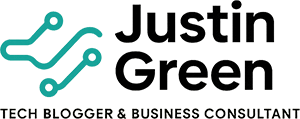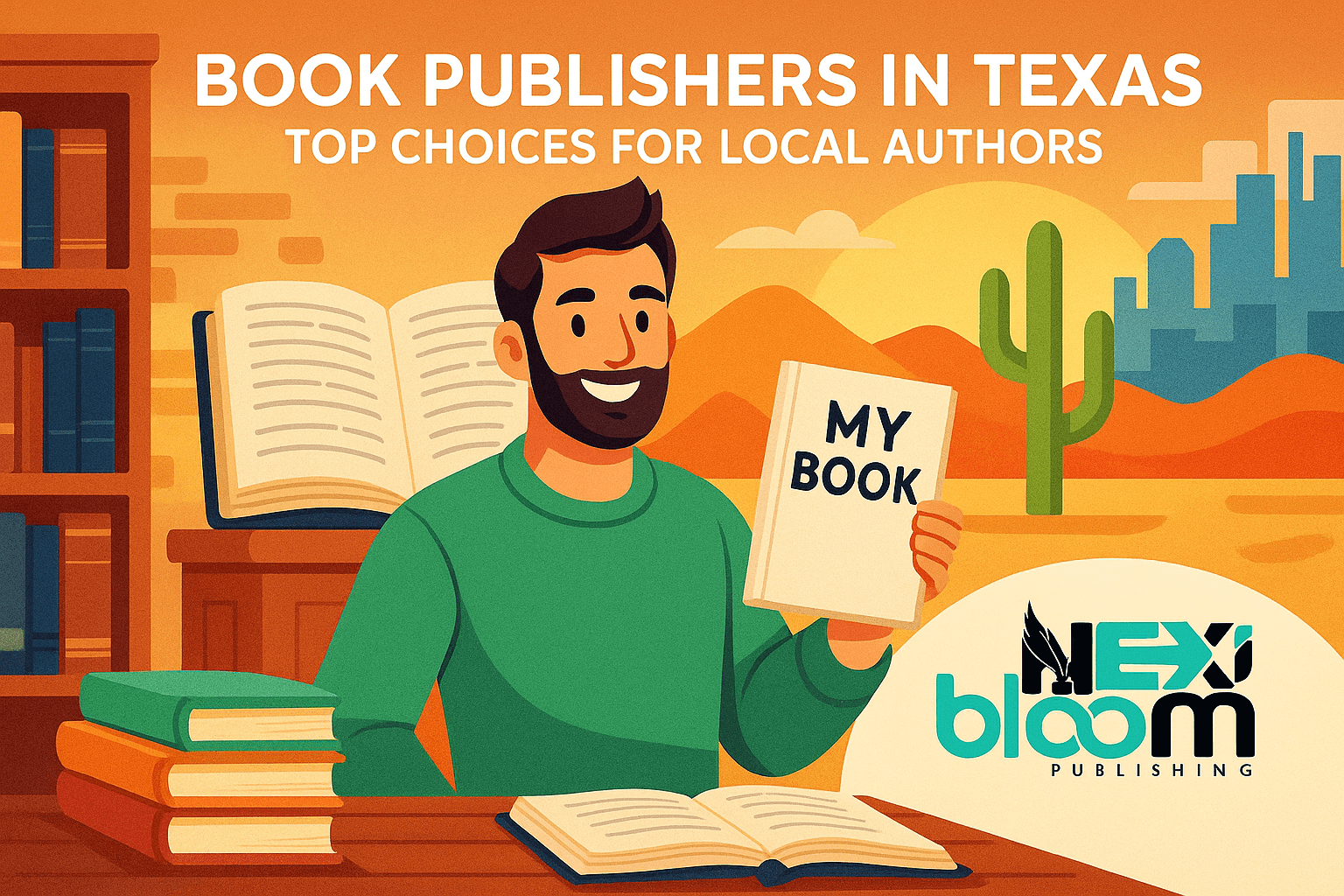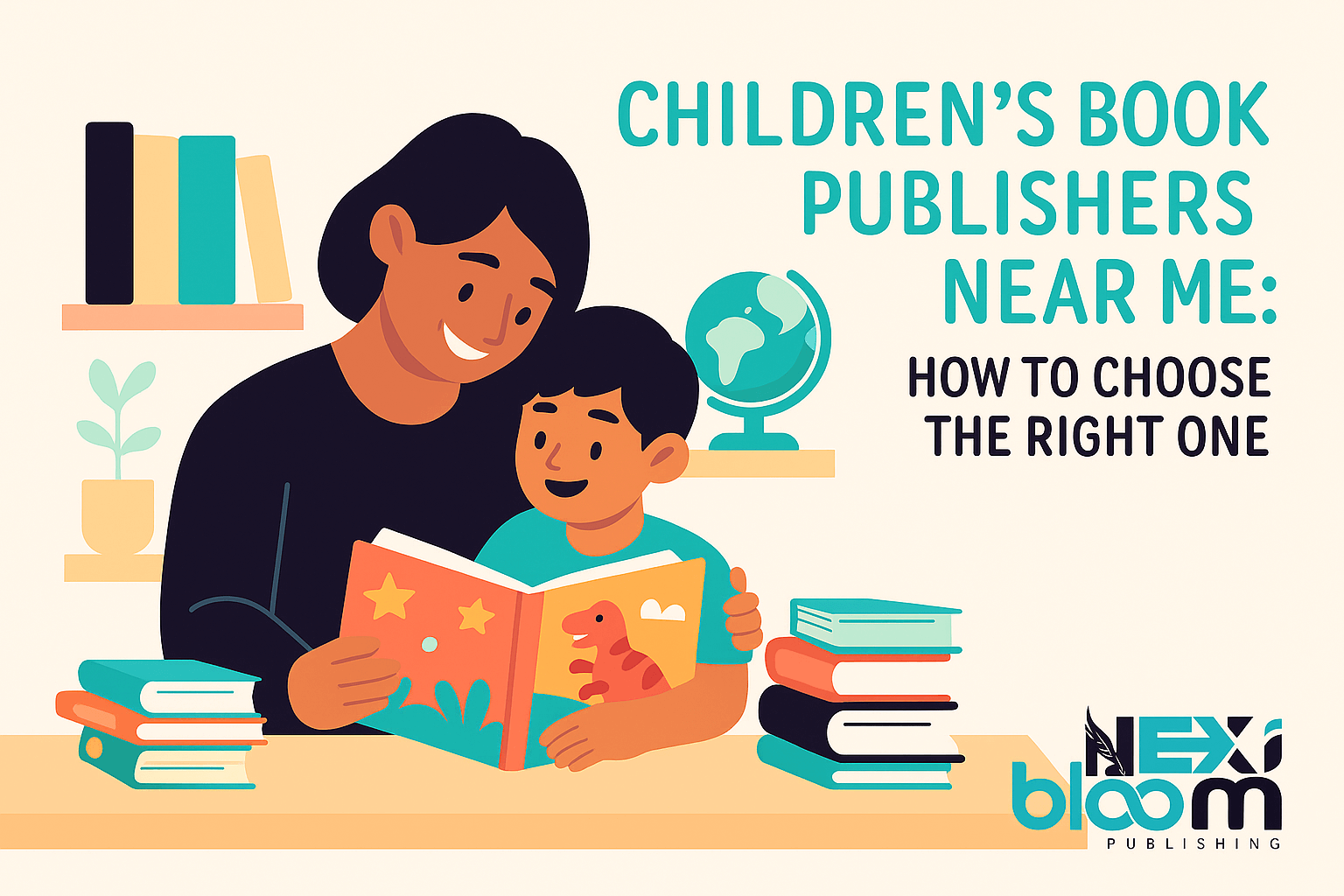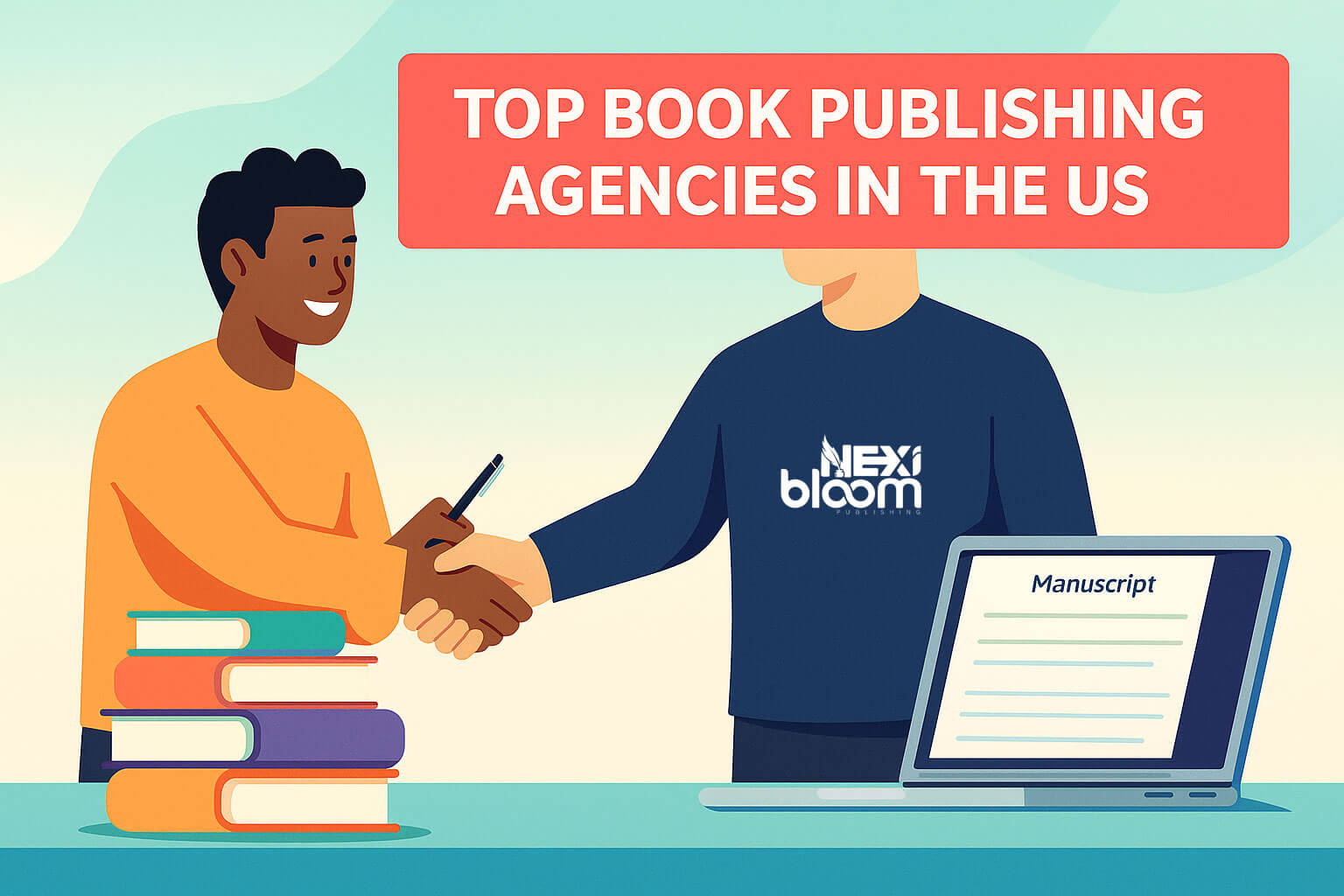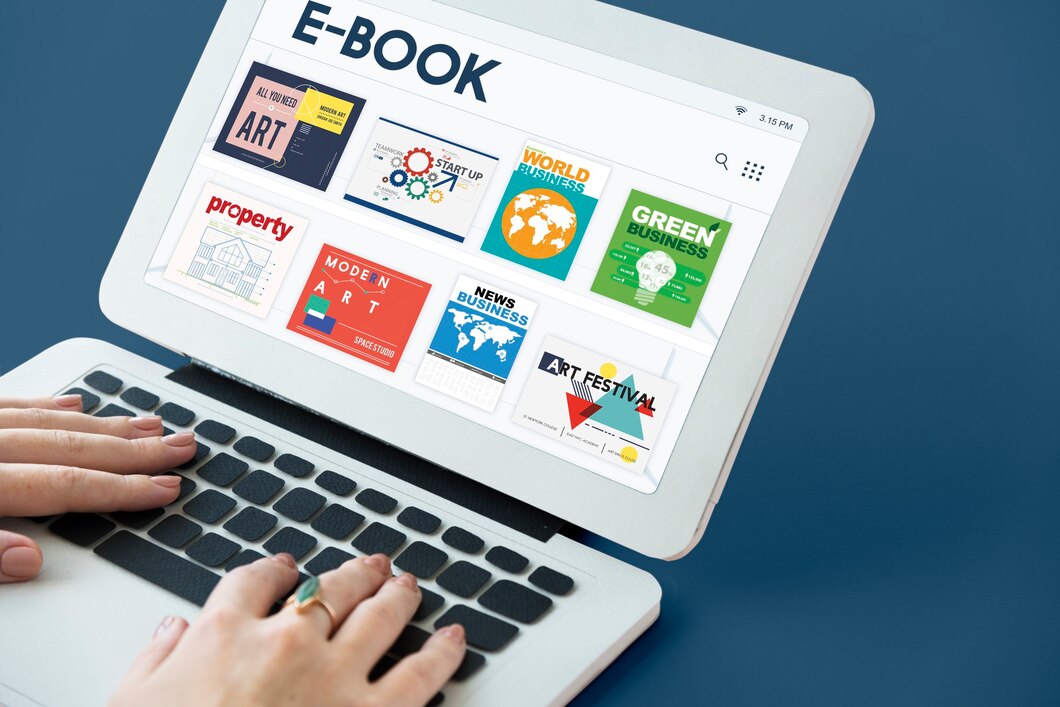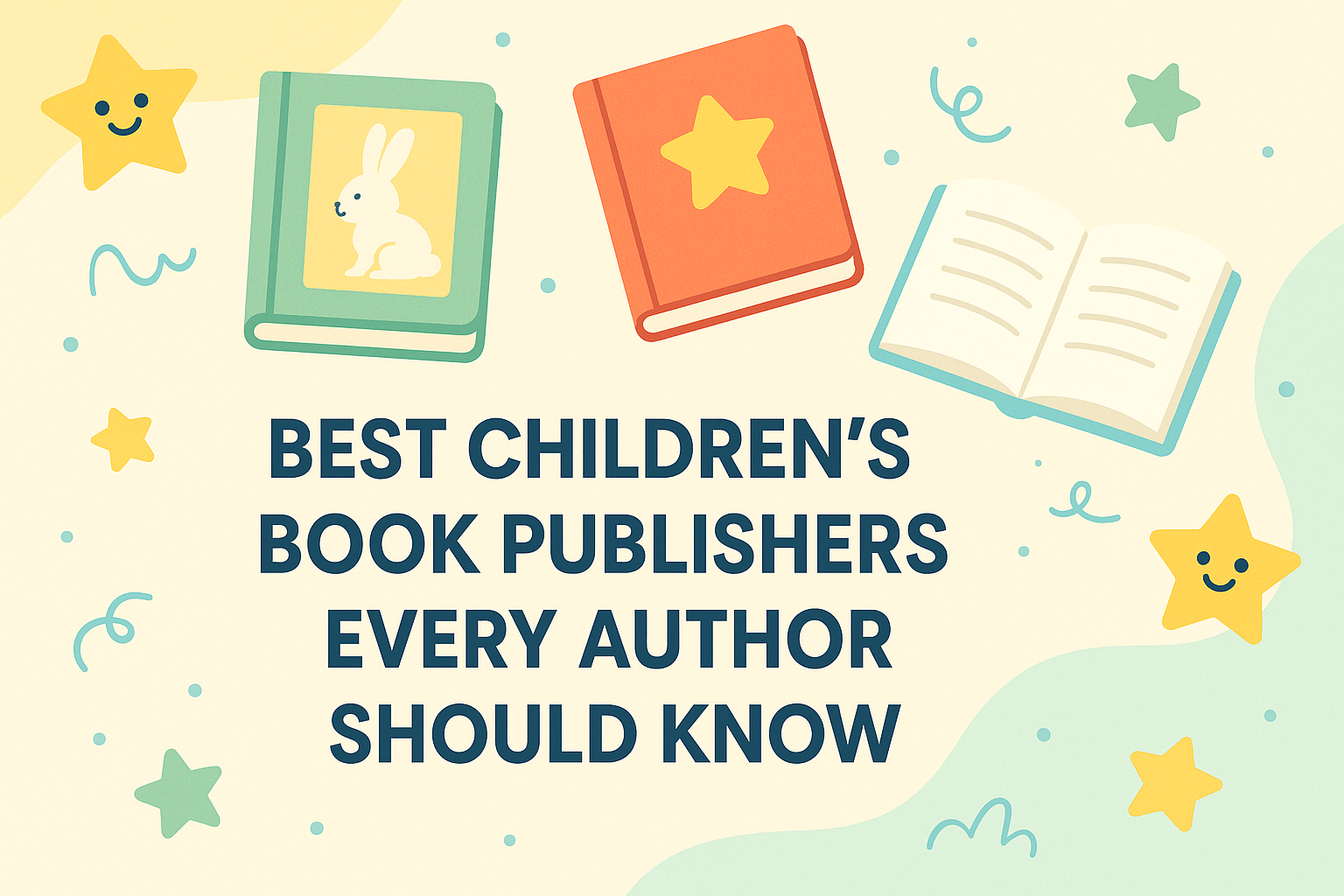
Best Children’s Book Publishers Every Author Should Know
Compare traditional houses, indie presses, and hybrid options plus see how Nexi Bloom Publishing helps first-time and seasoned authors with professional editing, design, and publishing support.
Introduction: Why Choosing the Right Publisher Matters
Publishing a children’s book involves more than writing a great story. The right publisher influences editing quality, illustration direction, manufacturing, distribution, and marketing. Some authors pursue the prestige and scale of the Big Five, while others thrive with independent presses or modern service models that provide hands on support.
Author-first partners like Nexi Bloom Publishing give writers access to professional editing, custom design, and publishing services while maintaining creative control ideal for debut authors and busy pros alike.
Types of Children’s Book Publishers
- Major/Big Five houses : Penguin Random House, HarperCollins, Macmillan, Hachette, Scholastic renowned reach and awards.
- Independent & small presses : niche focus, closer editorial relationships, sometimes open to unagented submissions.
- Specialty publishers : diversity-forward, bilingual, educational, faith-based, STEM-oriented lists.
- Hybrid / author-services partners : pro help without the traditional gatekeeping; e.g., Nexi Bloom Publishing’s book publishing services.
Tip: Choose the category that best aligns with your goals (speed to market, control, distribution, prestige).
What Makes a Great Children’s Book Publisher?
- Submission policy: agent-only or open submissions?
- Editorial excellence: story development, line/copyediting; consider professional editing before submitting.
- Illustration & design: picture-book success hinges on standout cover & interior design.
- Marketing & distribution: bookstore/library access, school channels, retail partnerships.
- Rights & royalties: advances, royalty rates, translation & audio rights, reversion clauses.
- Transparency & timelines: clear deliverables, realistic schedules, fair communication.
For authors who want clarity and control, partners like Nexi Bloom Publishing offer transparent packages and collaborative processes.
Top Traditional Children’s Book Publishers
Here are widely respected children’s publishers (U.S. & global) that set the bar for reach and reputation:
- Scholastic : unmatched school & library reach; iconic series and book fairs.
- Penguin Young Readers (PRH) : award-winning picture books, middle grade, YA.
- HarperCollins Children’s Books : broad list across age categories.
- Macmillan Children’s Publishing Group : literary excellence via multiple imprints.
- Little, Brown Books for Young Readers (Hachette) : innovative and design-driven titles.
- Bloomsbury Children’s : strong U.K. presence; notable global hits.
- Usborne : educationally rich, heavily illustrated nonfiction & activity books.
- Candlewick Press : acclaimed independent press with picture-book prestige.
For a wider directory, explore the Reedsy directory of children’s book publishers.
Independent & Small Presses Authors Should Know
Indie presses can be a perfect home for distinctive voices and formats:
- Chronicle Books : design-centric picture books with gift-market appeal.
- Candlewick Press : independent, award-winning list.
- Holiday House : strong storytelling tradition; often open at select times.
- Regional & niche presses : great for local stories, bilingual titles, or specific communities.
Indies may accept unsolicited work periodically, making them more accessible for debut authors.
Publishers Welcoming First-Time Authors
Breaking in is hard, but some routes are friendlier:
- Independent presses with occasional open submission windows.
- Contests and mentorship programs run by reputable imprints.
- Hybrid/service partners that eliminate long wait times, like Nexi Bloom Publishing, which offers editing, design, and publishing support with clear, author-centered packages.
Traditional vs. Self-Publishing & Hybrid Options
- Traditional: advances, prestige, wide distribution; longer timelines and higher gatekeeping.
- Self-publishing: speed, full control, higher per-unit royalties; you manage everything.
- Hybrid / services: professional help with retained ownership. If you want polish + control, consider Nexi Bloom Publishing’s book publishing services.
For more comparisons and publisher lists, see Jericho Writers’ guide to top children’s publishers.
How to Submit to a Children’s Book Publisher
- Edit thoroughly: have your manuscript professionally reviewed, book editing services can elevate your submission.
- Package smartly: query letter, synopsis, and (for picture books) a dummy or sample spreads.
- Follow guidelines: each house has unique formatting and file rules.
- Design matters: for self/hybrid paths, invest in cover & interior design that meets industry specs.
Contract Basics & Rights Every Author Should Know
- Advances & royalties: debuts might see $1,000–$10,000 advances; typical print royalties ~5–10% of list (varies).
- Rights: world/territorial, translation, audio, film/TV, ebook; negotiate reversion clauses.
- When to get help: agents or publishing attorneys can clarify terms and protect your interests.
For a practical overview, read Publishing Push’s guide to top children’s publishers.
Current Trends in Children’s Book Publishing
- Diverse & inclusive lists: authentic stories and creators are in demand.
- Graphic novels & illustrated MG: strong engagement across school & library markets.
- Sustainability: eco-friendly materials and printing.
- Audio & digital growth: new discovery channels for young readers and parents.
Conclusion: Finding the Right Fit
The “best” children’s book publisher depends on your goals. Big houses deliver reach and prestige; indie presses provide focus and flexibility; hybrid/service models offer professional polish with author control. If you want hands-on support without the traditional bottlenecks, explore Nexi Bloom Publishing and its publishing, editing, and design services.
Shortlist a few publishers, perfect your manuscript, and choose the path that best serves your story and readers.
External resources: directory of children’s book publishers · top children’s publishers you should know · well-known children’s book publishers explained
